Technically speaking, filtration is the act of removing suspended solids from a liquid by forcing the latter to move through the pores of a filter (a membrane with pores). Therefore, equipment used to filter, thicken, or clarify (to trap and remove insoluble matter from a liquid) a mixture of various materials is referred to as filtration equipment. Read More…
Our company is the filtering systems expert. We know everything there is to know about filtering liquids and oils for many industries ranging from the petrochemical industry to waste water management. It is our goal to provide customized solutions that you can trust and rely on every day. You will find that our attention to detail and superior service can help you in multiple ways. Contact us to...
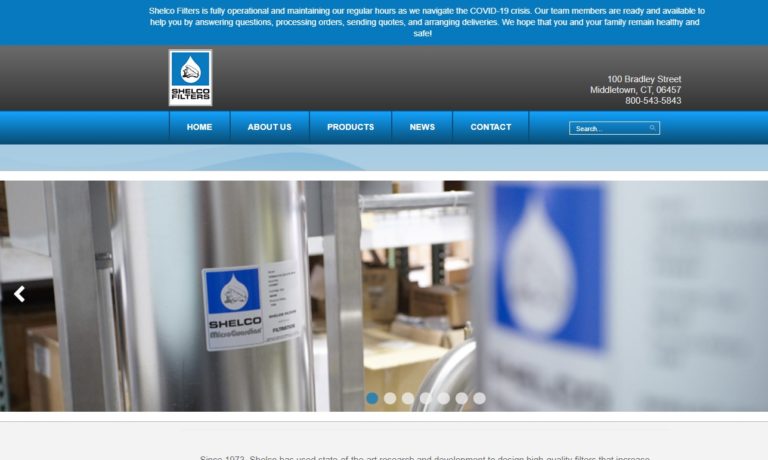
Hydraulic filtering systems are used in construction machinery, agricultural machinery and mechanical handling. MPI Filtri has more than 40 years of experience in filtering systems and industrial filtration. We offer suction filters, return filters, pressure filters and spin-on filters.
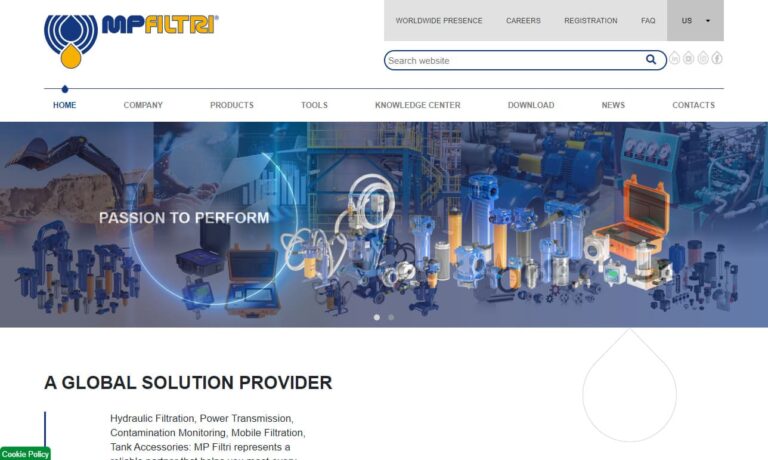
We have been at our present factory location for over twenty years and are recognized as one of the prime producers of anthracite media in the world. We produce nearly 300 specifications of Anthrafilt, most between .60 and 1.80mm.
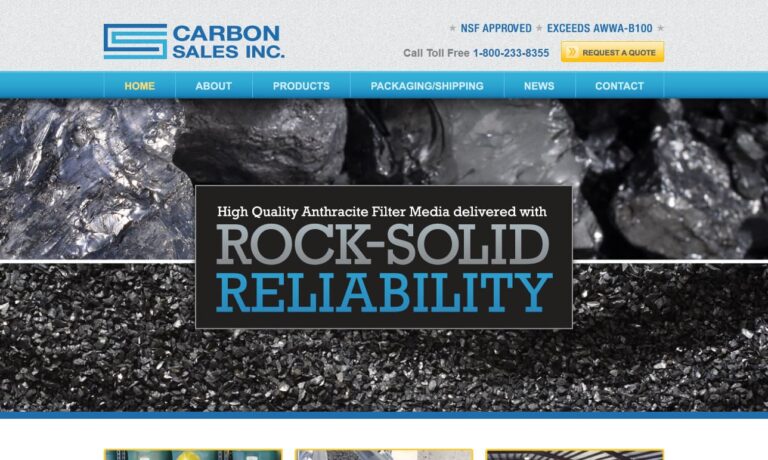
Filtertech is an international producer of liquid filtration and waste disposal systems for industrial coolant applications including wire drawing, aluminum and steel rolling, machining, grinding, process water applications such as CV water, caster water, vibratory applications and optical lens generating. Filtertech provides complete turnkey filtration and waste treatment systems utilizing its...
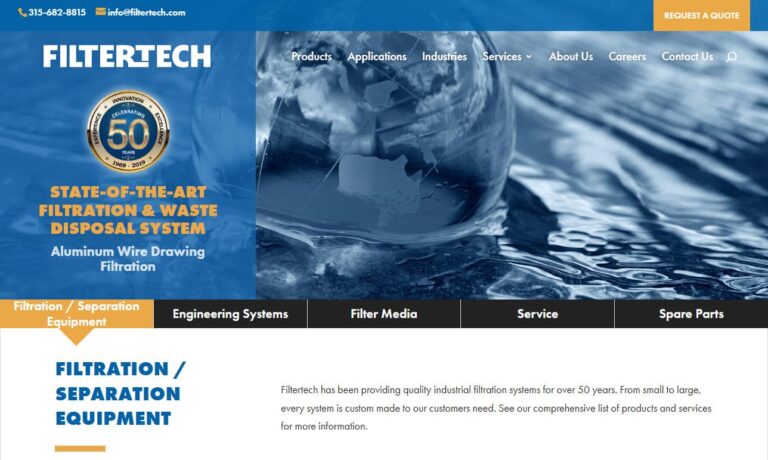
PurAqua is a leader in water cleanliness products for industrial applications and commercial pools. If you are looking for chemical feed systems (Accu-Tab / PPG), controllers (Chemtrol / CAL) or filtering systems, you came to the right place. PurAqua Products is proud to be a leading supplier of commercial chlorinator and aquatics pool replacements parts. For commercial pool feed systems, parts...
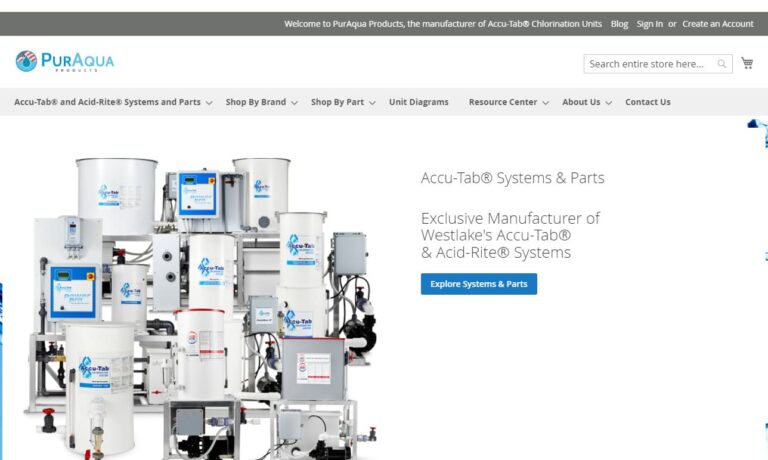
More Filtration Equipment Manufacturers
How Filtration Equipment Work
The basis of any filtration system is that a membranous screen with very small pores allows liquid to pass through while blocking larger particles like bacteria. As a result, a filter with smaller pores is more likely to prevent more objects from passing through it. If the pores of a filter are small enough, they ought to be able to block the passage of all living creatures- including microscopic organisms like microbes, bacteria, and viruses.
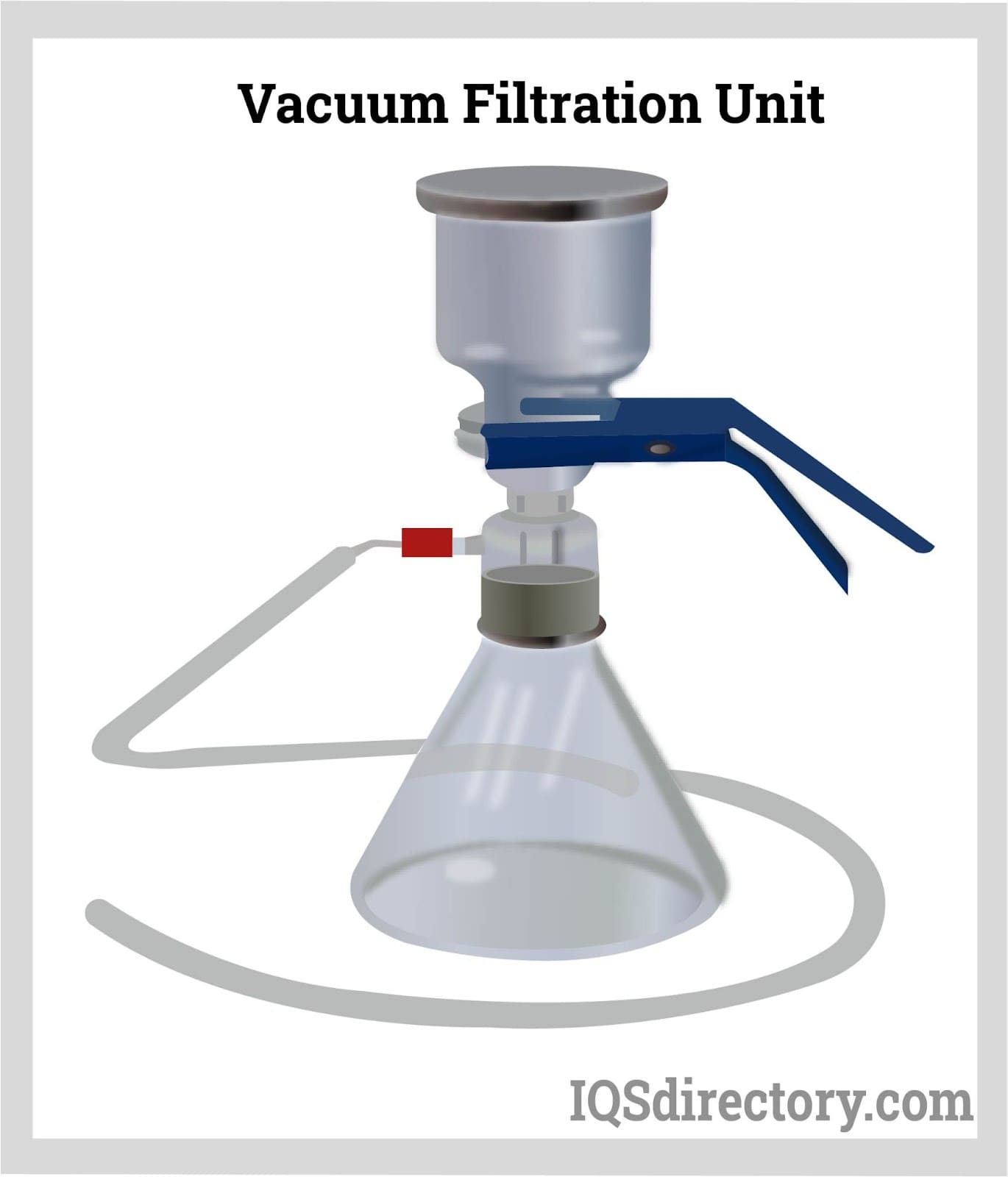
Types of Filtration Equipment
Gravity Filtration Equipment
The filtrate flow (liquid that has flowed through a filter) is produced by gravity filtration equipment using hydrostatic pressure. Hydrostatic pressure is the pressure exerted by a fluid in a confined space. In this case the pressure is due to a pre-filter column above the filter surface. Sand filters, gravity nutsche filters, and bag filters are typical examples of gravity filtration equipment.
Bag Filter
Bag filters are felt or woven fabric filters in the form of bags. It is not advised to use bag filters where extensive filtering is required.
Gravity Nutsche
A tank, or closed vessel, with a permeable or porous filtered bottom is referred to as a gravity nutsche. This equipment works by using pressure or a vacuum to drive contaminants into the filter.
Sand Filter
The sand filter is the most popular kind of gravity filter. It is made of a tank filled with layers of filtering material like gravel, sand, or crushed anthracite (coal). The size of the filtering bed material diminishes from the bottom of the bed to the top. Sand filters are a type of filtering apparatus that produces a cake of accumulated filtered material on the surface. Sand filters are mostly used for water conditioning.
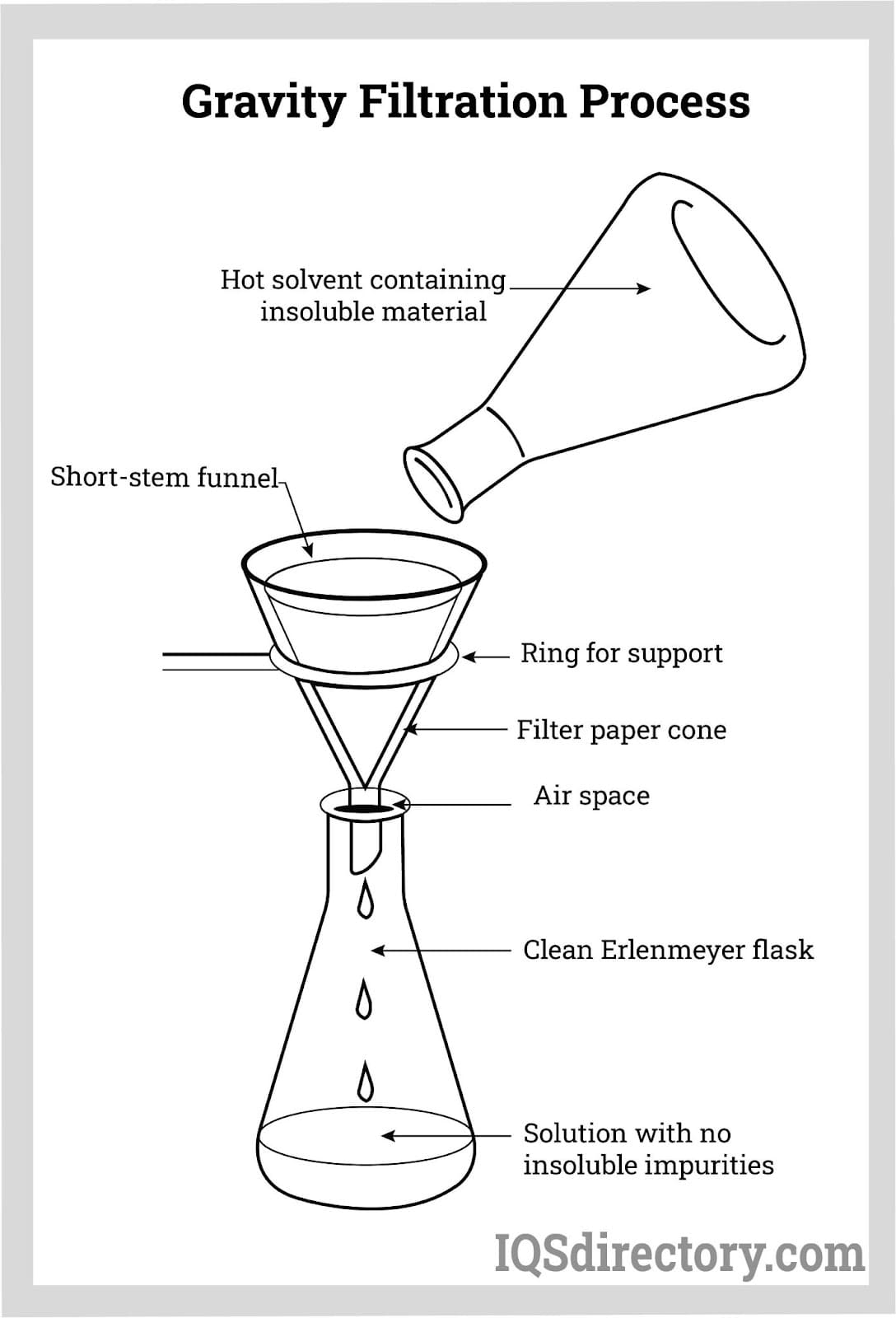
Clarifying Equipment
Clarifying equipment includes suction clarifiers, and reverse osmosis (RO) clarifiers. They work to “clear” liquids by separating suspended solids from a liquid. This equipment is often used to handle both industrial and household garbage.
Suction Clarifiers
Suction clarifiers operate on the settling principle of gravity where heavier materials settle at the bottom of a liquid. Through this process, chemicals are used to coagulate smaller contaminants into a larger, heavier mass which then settles to the bottom of the “clarification zone.” This mass then settles into a filter to be removed; in some instances, the settled solids may be swept away with the aid of moving scraper blades.
Reverse Osmosis
The reverse osmosis (RO) water treatment method eliminates impurities from water by applying pressure to drive water molecules through a semipermeable membrane. Any impurities are filtered out and flushed away during this procedure, leaving behind a clean liquid.
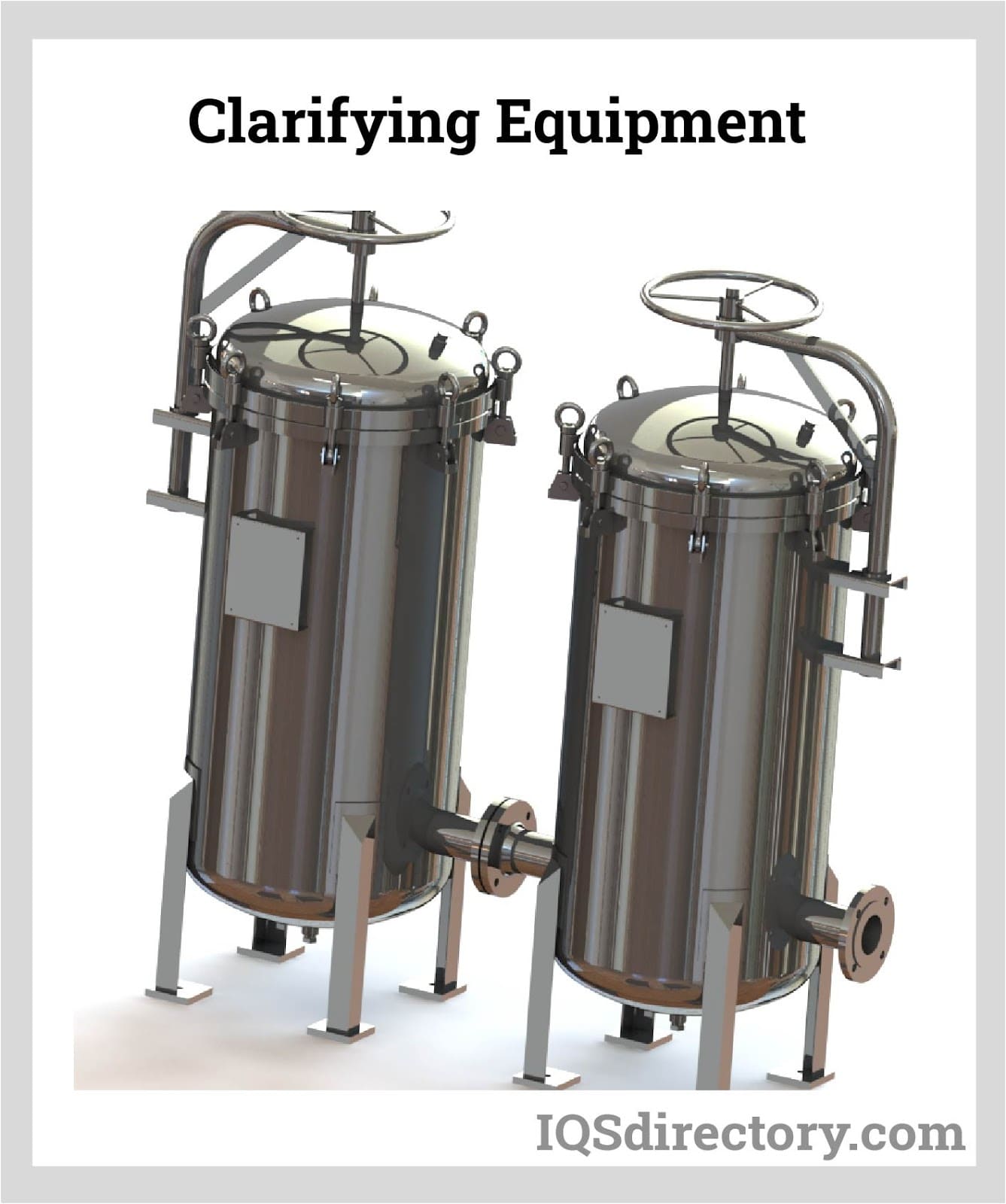
Centrifugal Separators
Centrifugal separators use centrifugal force to separate solid particles from a liquid solution. Both hydrocyclones and centrifuges act as centrifugal separators, albeit through different processes. A centrifuge separates particles from a solution based on the size, shape, density, medium viscosity, and rotor speed of the particles. A hydrocyclone separates particles of various sizes, shapes, and densities using centrifugal force.
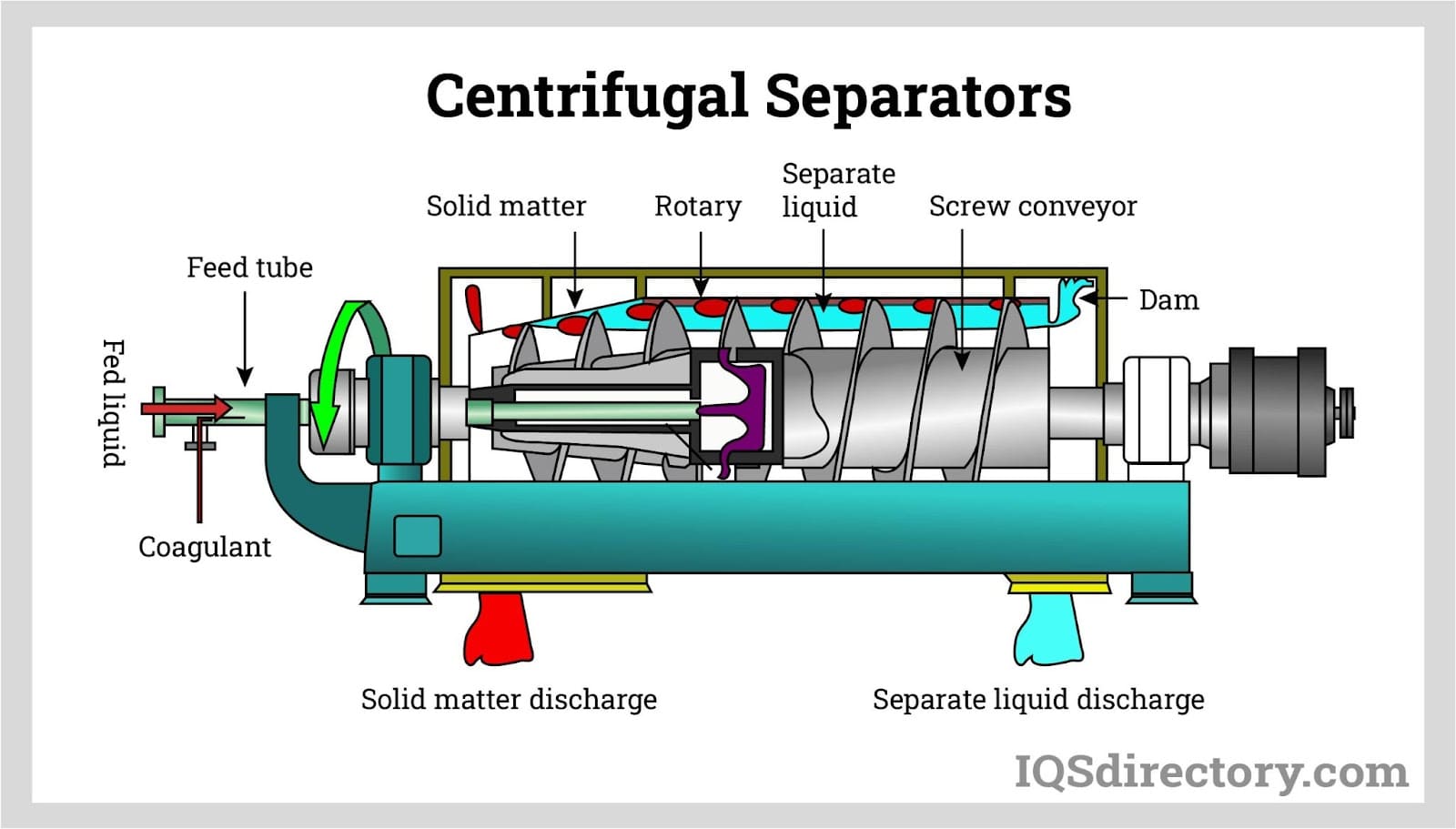
Sedimentation Equipment
Sedimentation equipment uses either gravity or a chemical reaction to force particles to sink to the bottom. Sedimentation equipment includes machinery that uses flocculation and gravity sedimentation as filtration processes.
Flocculation: Flocculation is the development of a cake or aggregate, typically produced through a chemical reaction; however iron-containing particles may also be gathered when subjected to a magnetic field. Flocculation is an essential step in the treatment of wastewater used to filter out dangerous, harmful agents to one’s health.
Gravity Sedimentation: This process is used to lower a liquid’s solid- material content through gravity. The heavier particles in a gravity sedimentation process descend to the bottom due to gravity. The difference in density between the liquid and the solids within it affects the pace of settling.
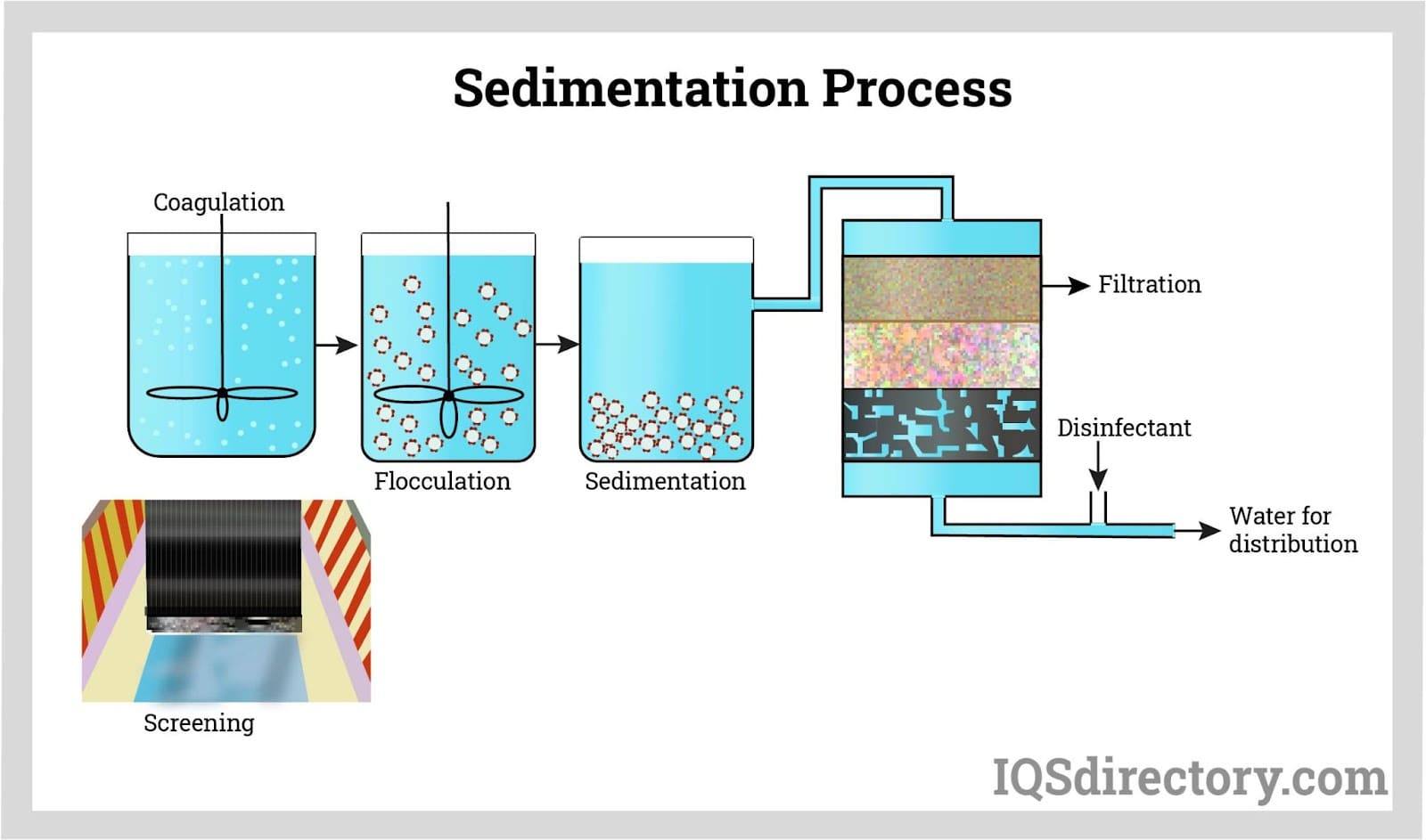
Vacuum Filtration Equipment
Vacuum filtration is a subcategory of liquid-solid separation equipment, and there are numerous variations of this sort of filtration equipment. There are two types of vacuum filters: batch (vacuum-nutsche and vacuum-leaf filters) and continuous (drum, disk, and horizontal filters).
Batch Vacuum Filters: Batch vacuum filters were developed from gravity filters and added a vacuum-type element to the filtration process. Nutsche-type filters are used in industrial applications and are similar to gravity filters except that they have a vacuum pump or some other vacuum-generating equipment to reduce the pressure under the filter. Vacuum leaf filters are another type of batch vacuum filtration system. Again, the cloth filter is dipped into a slurry. A vacuum draws the slurry material through the filter. The filtered liquid (filtrate) passes through and the filter collects solid material until a cake forms on it. The cake is washed off the filter and removed by reversing the airflow/vacuum pressure direction.
Continuous Vacuum Filters: Also known as rotary-drum filters, these filters are largely used in industrial settings to remove a high content of solid matter from a semi-liquid slurry to purify a liquid. The bottom of the drum is partially submerged into the slurry and begins to spin. A vacuum draws the liquid through a filter located on the drum which traps the solids until they form a cake. The cake coating is removed and the filter is either removed, or not, depending on the thickness of any remaining coating and the process is repeated.
Choosing the Right Filtration Equipment Supplier
To ensure you have the most positive outcome when purchasing filtration equipment from a filtration equipment supplier, it is important to compare several companies using our directory of filtration equipment suppliers. Each filtration equipment supplier has a business profile page highlighting their areas of experience and capabilities, along with a contact form to directly communicate with the supplier for more information or request a quote. Review each filtration equipment business website using our proprietary website previewer to quickly learn what each company specializes in. Then, use our simple RFQ form to contact multiple filtration equipment companies with the same form.

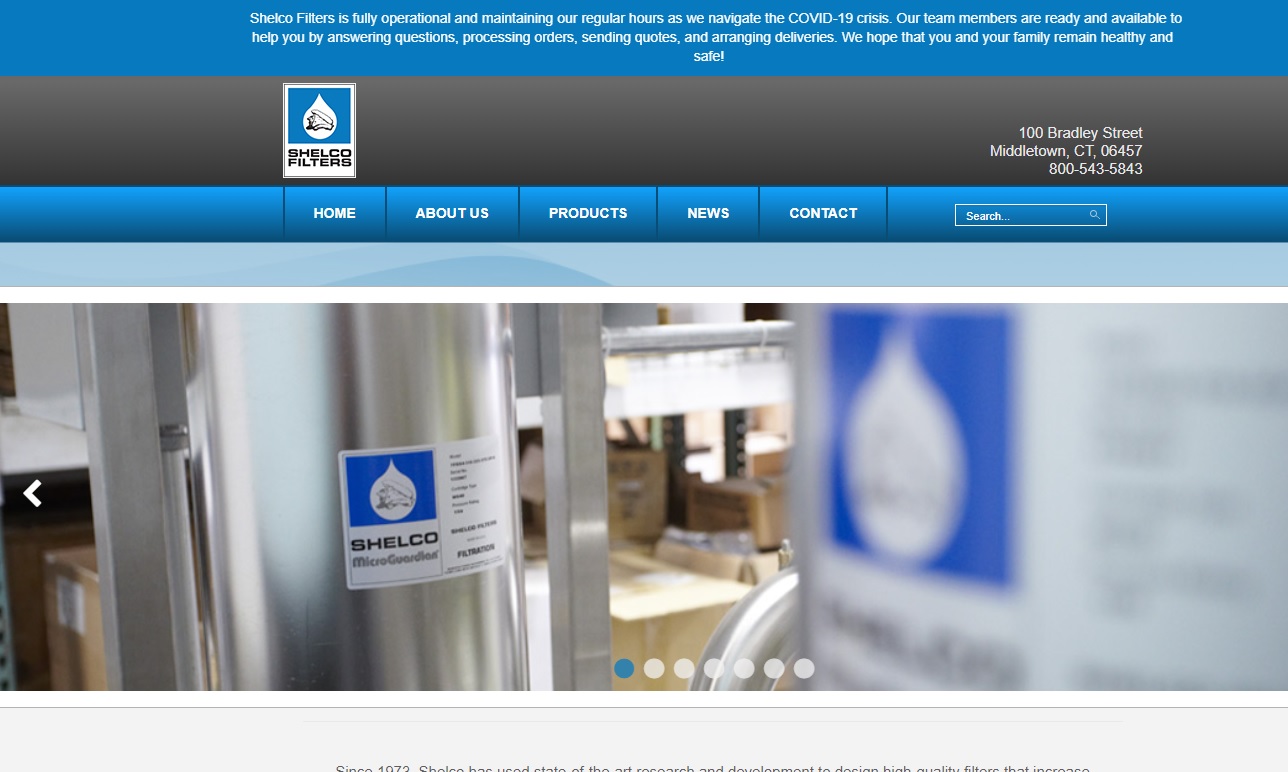
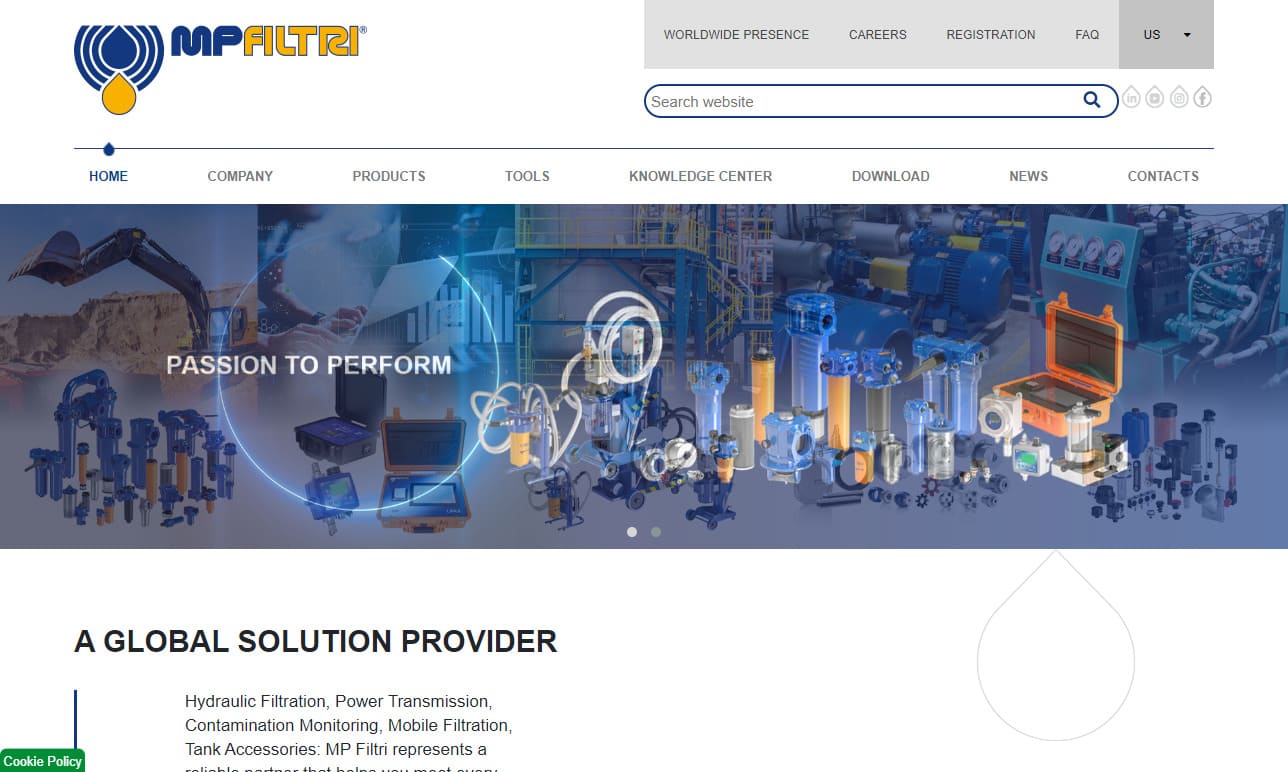
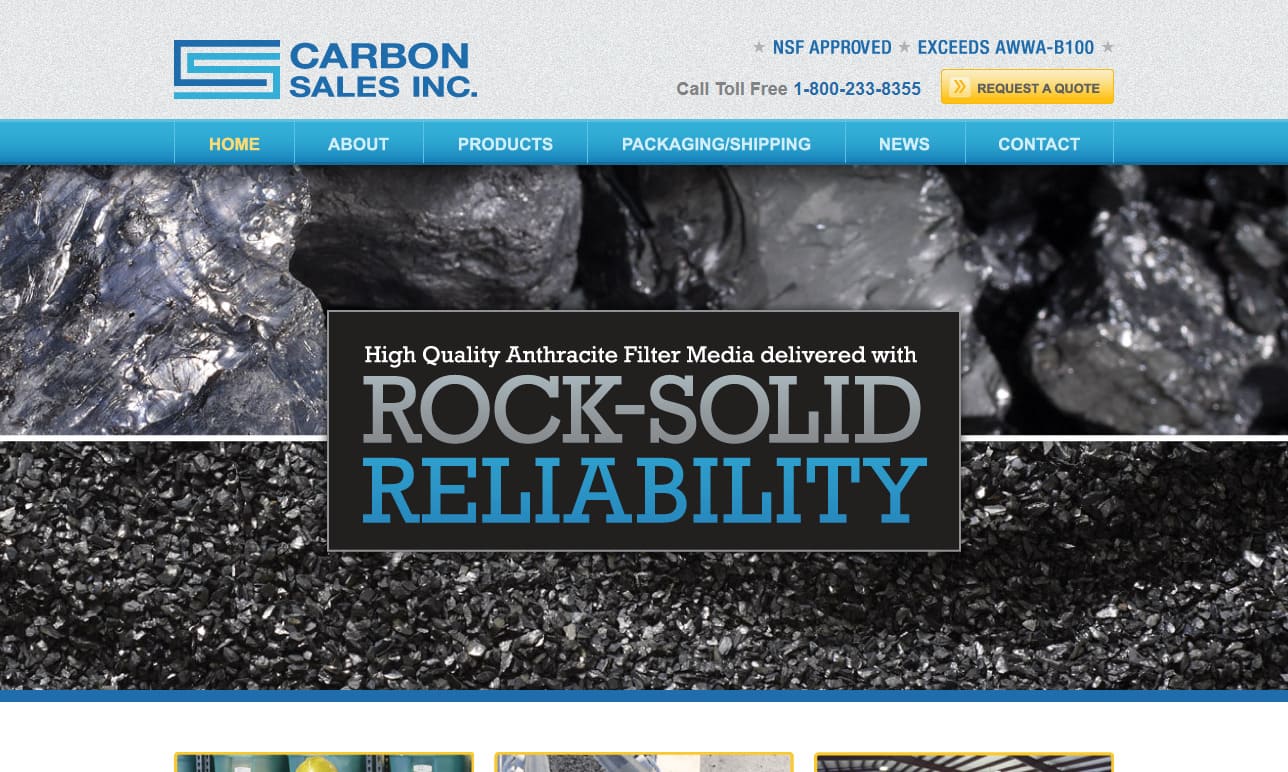
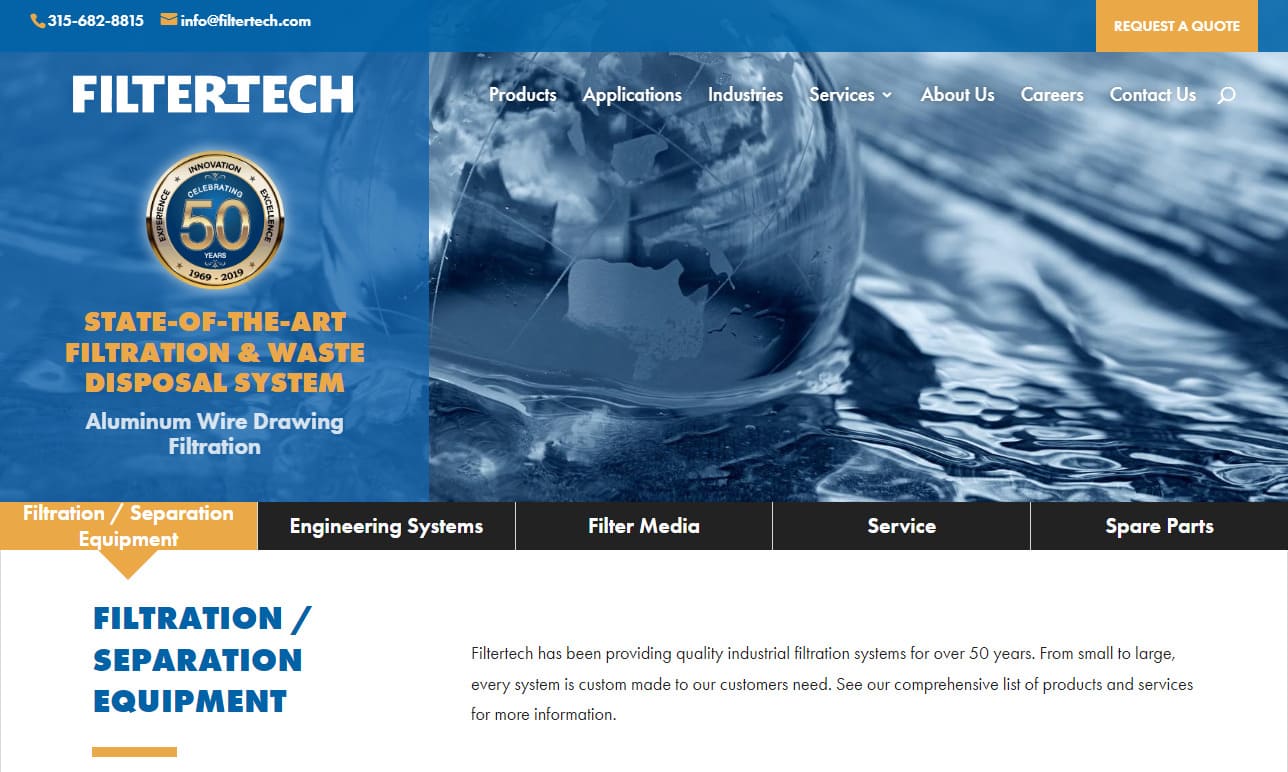
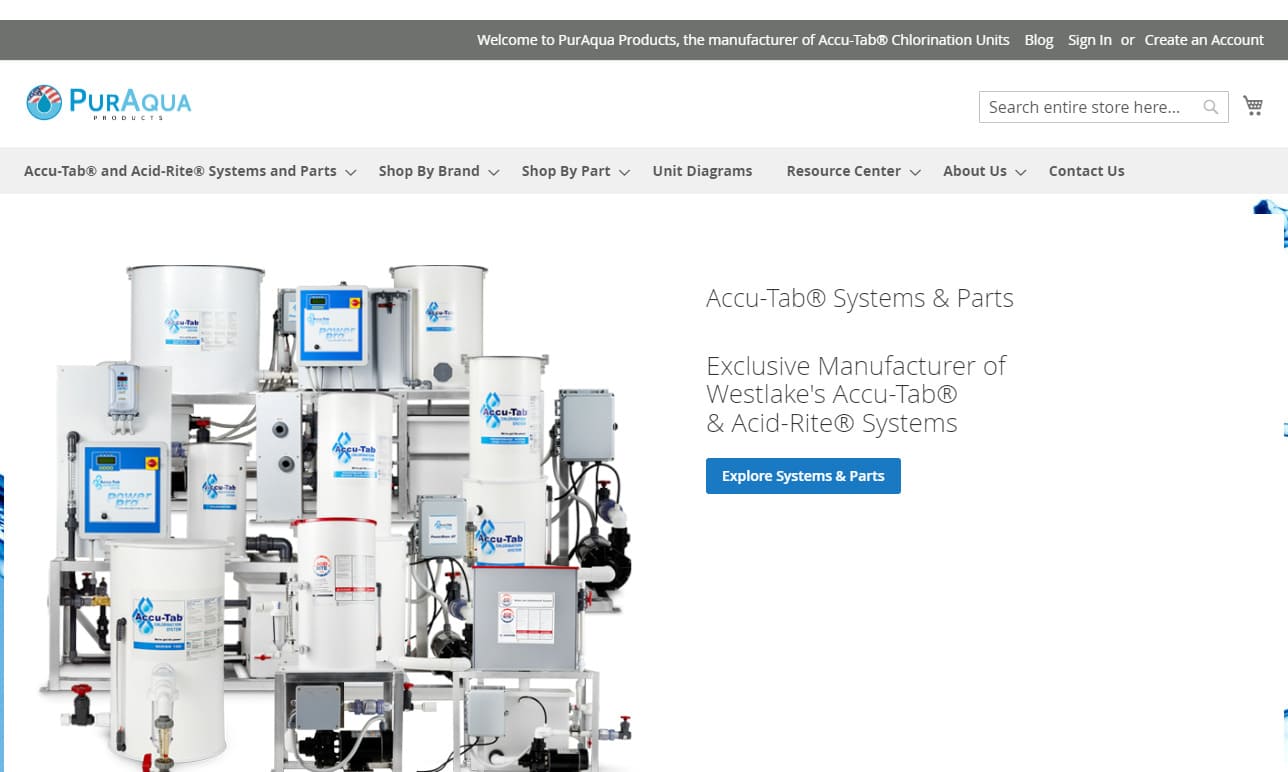
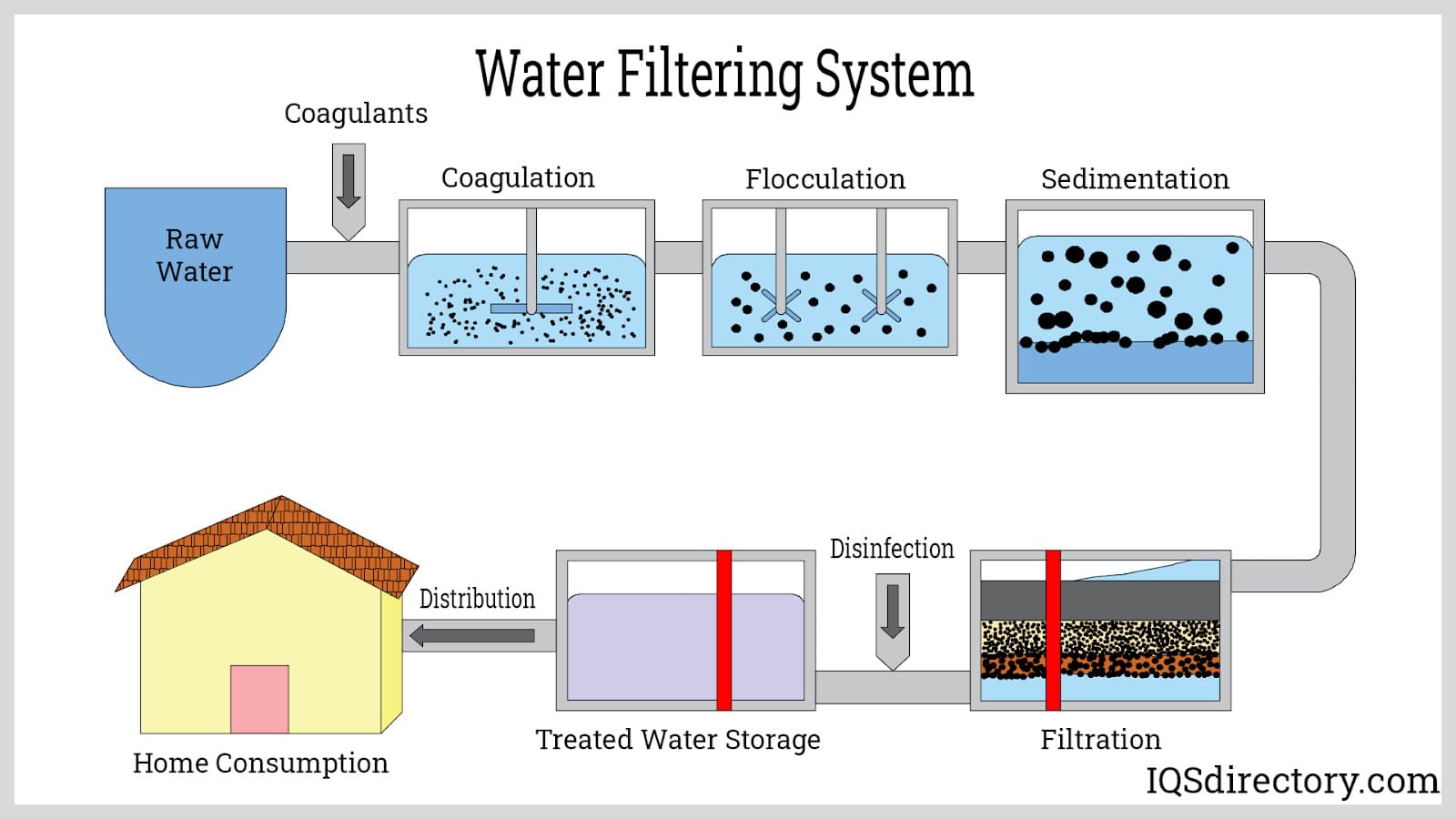
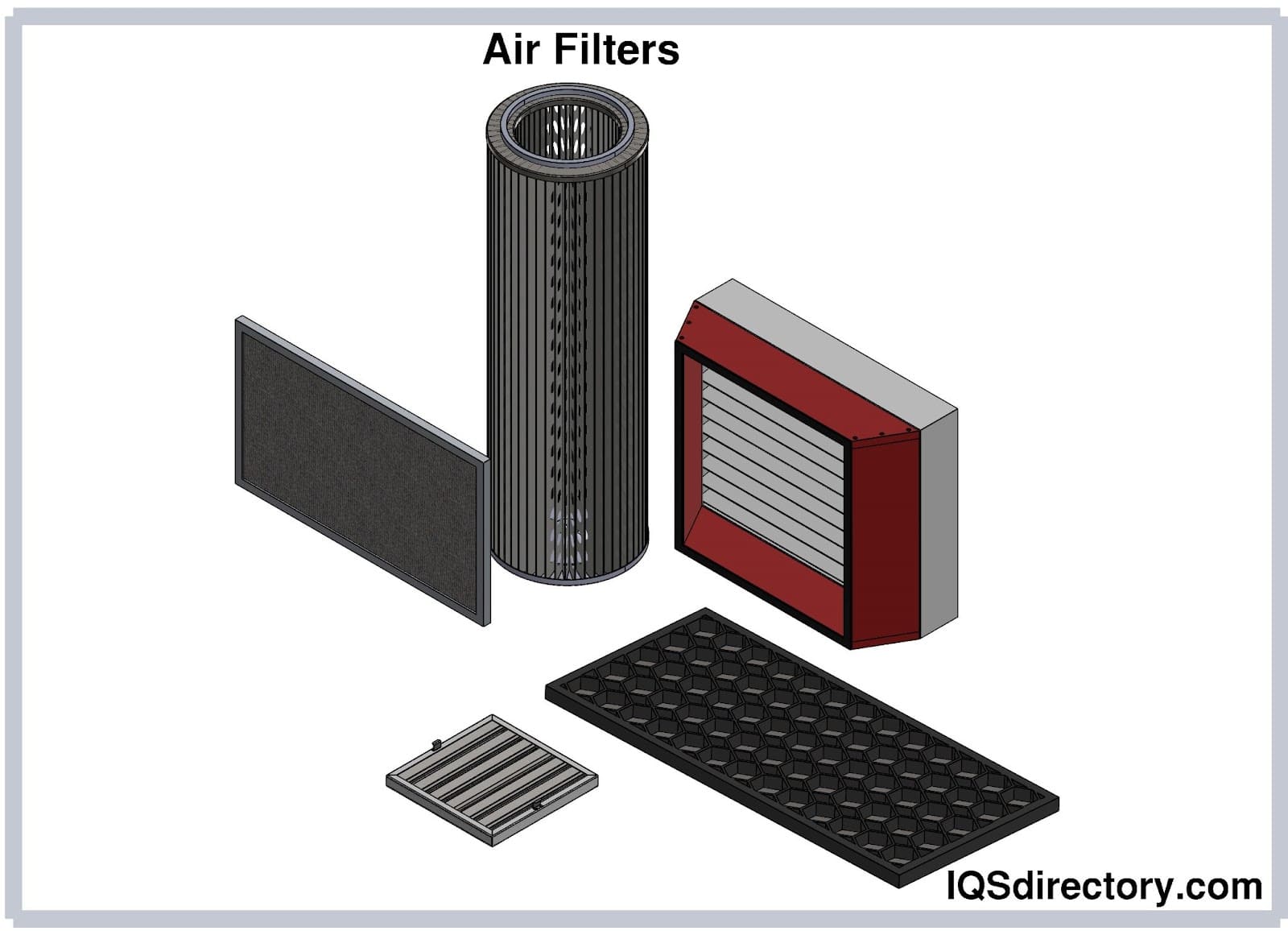
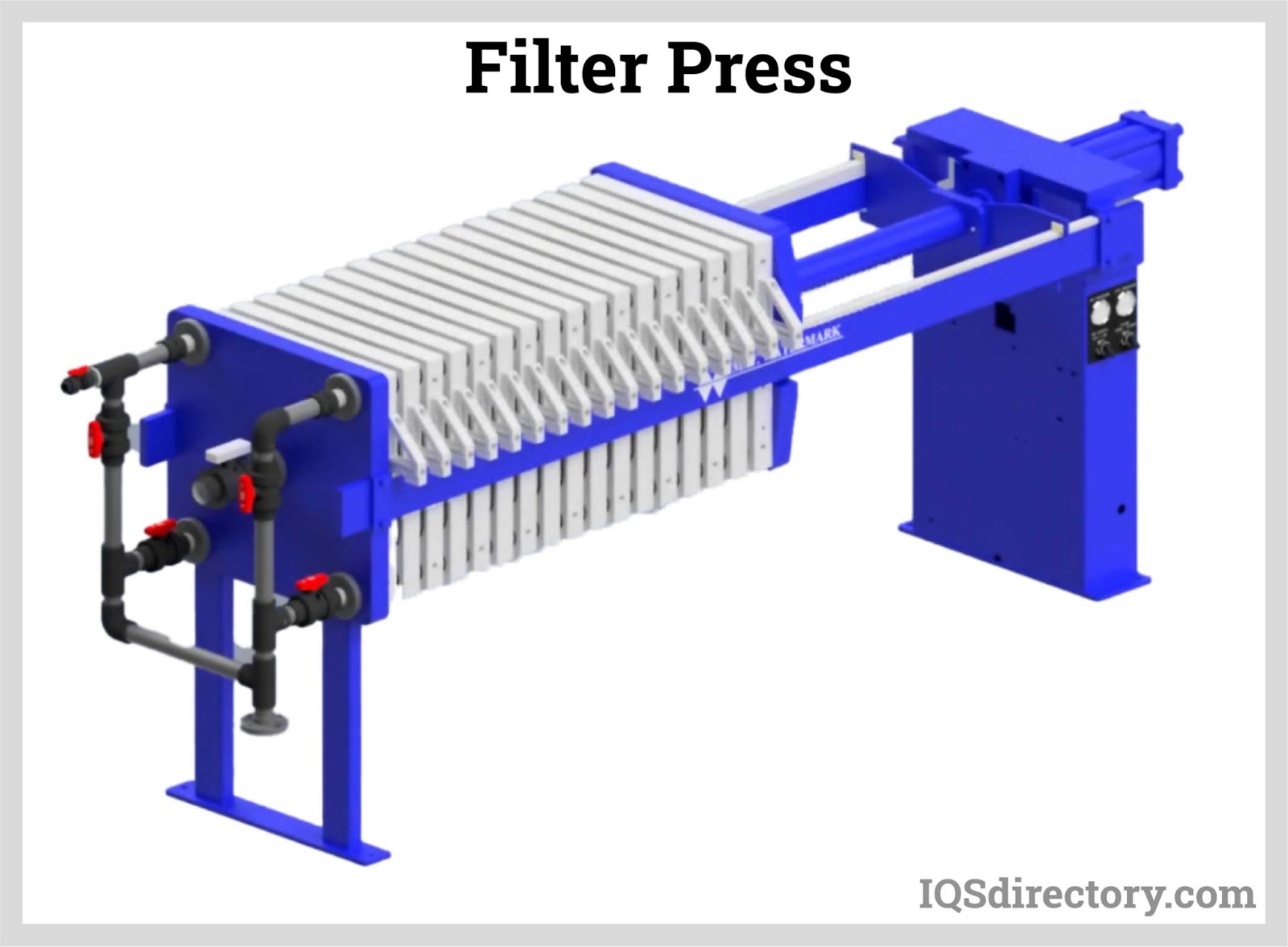
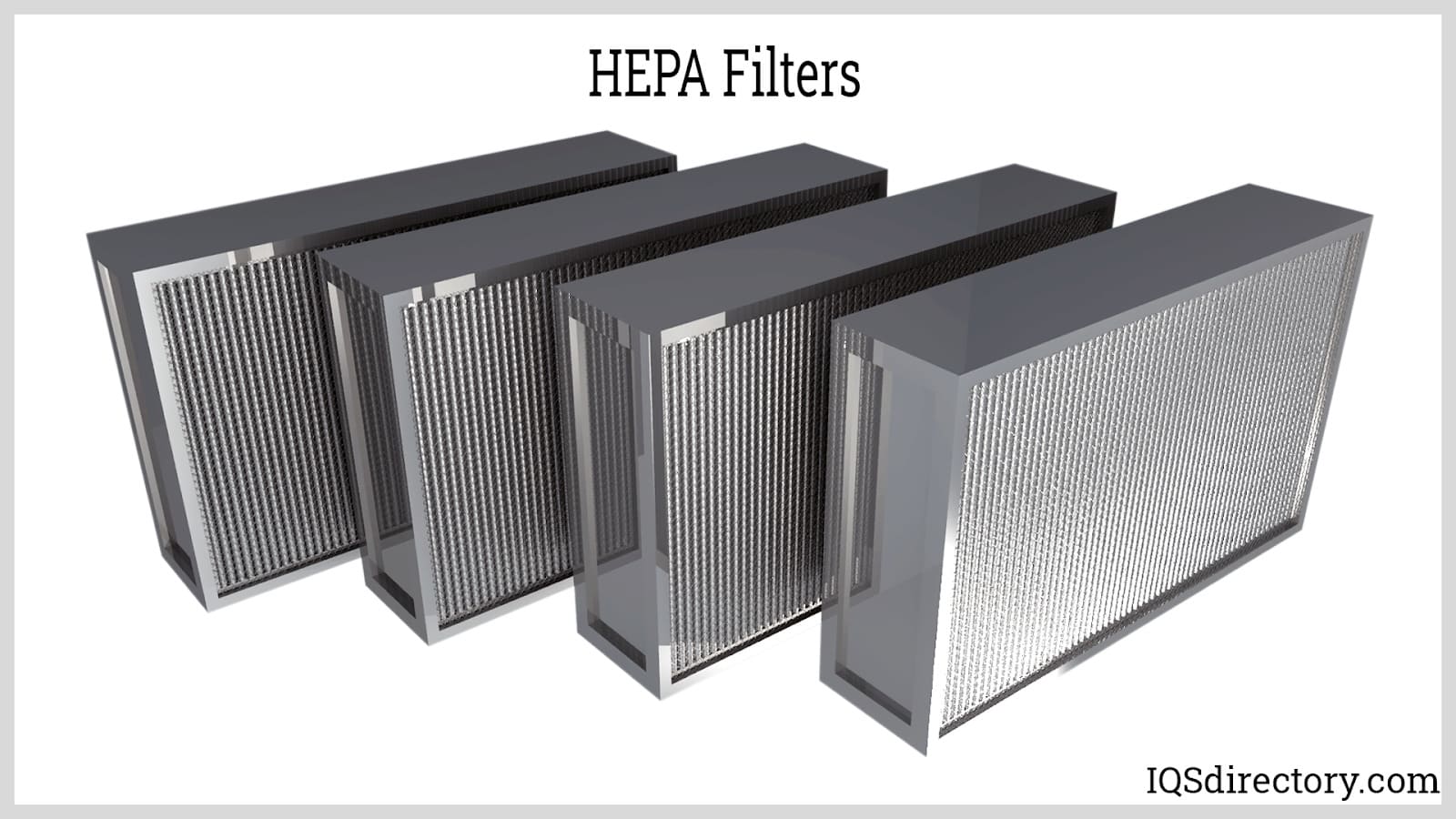
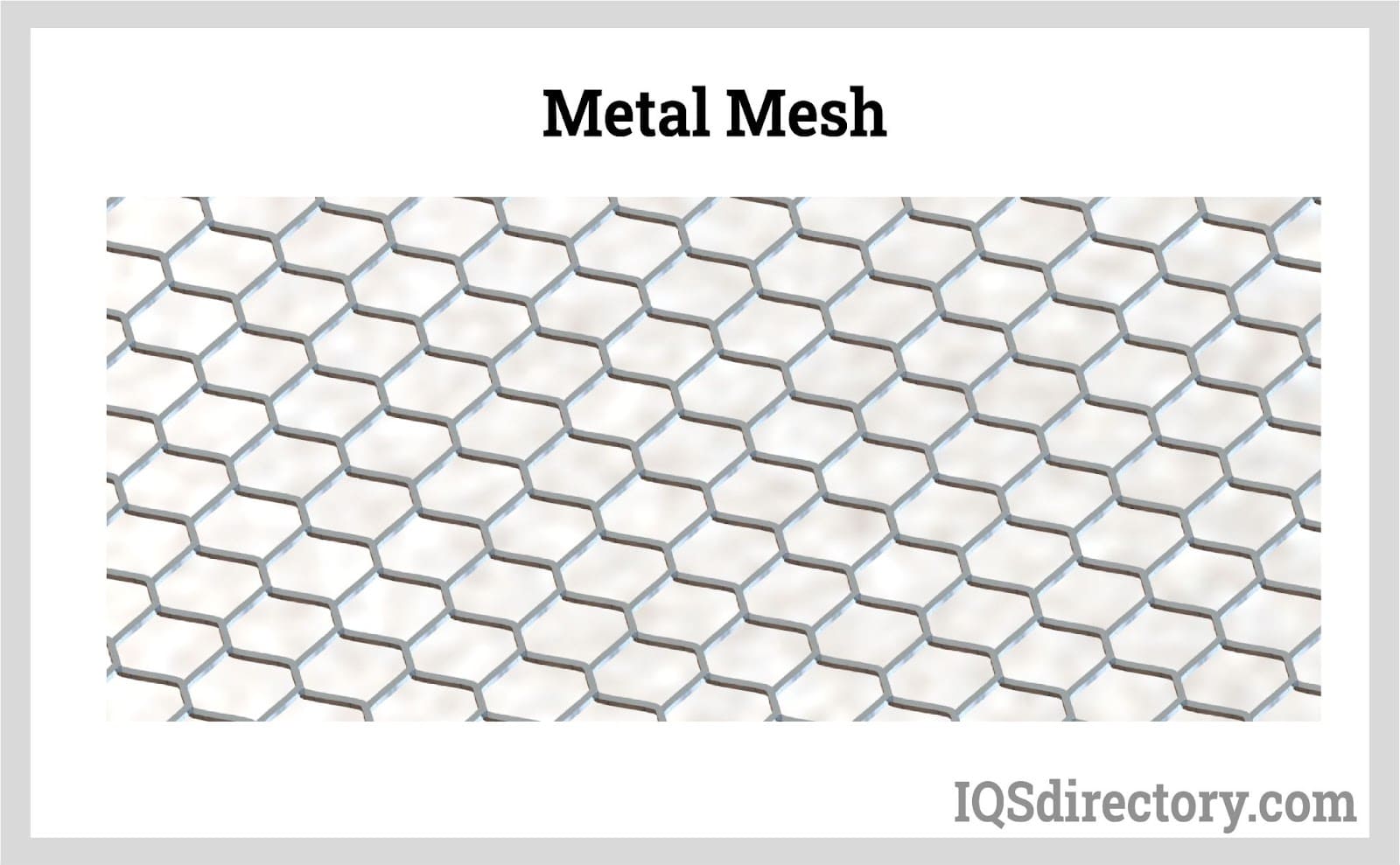
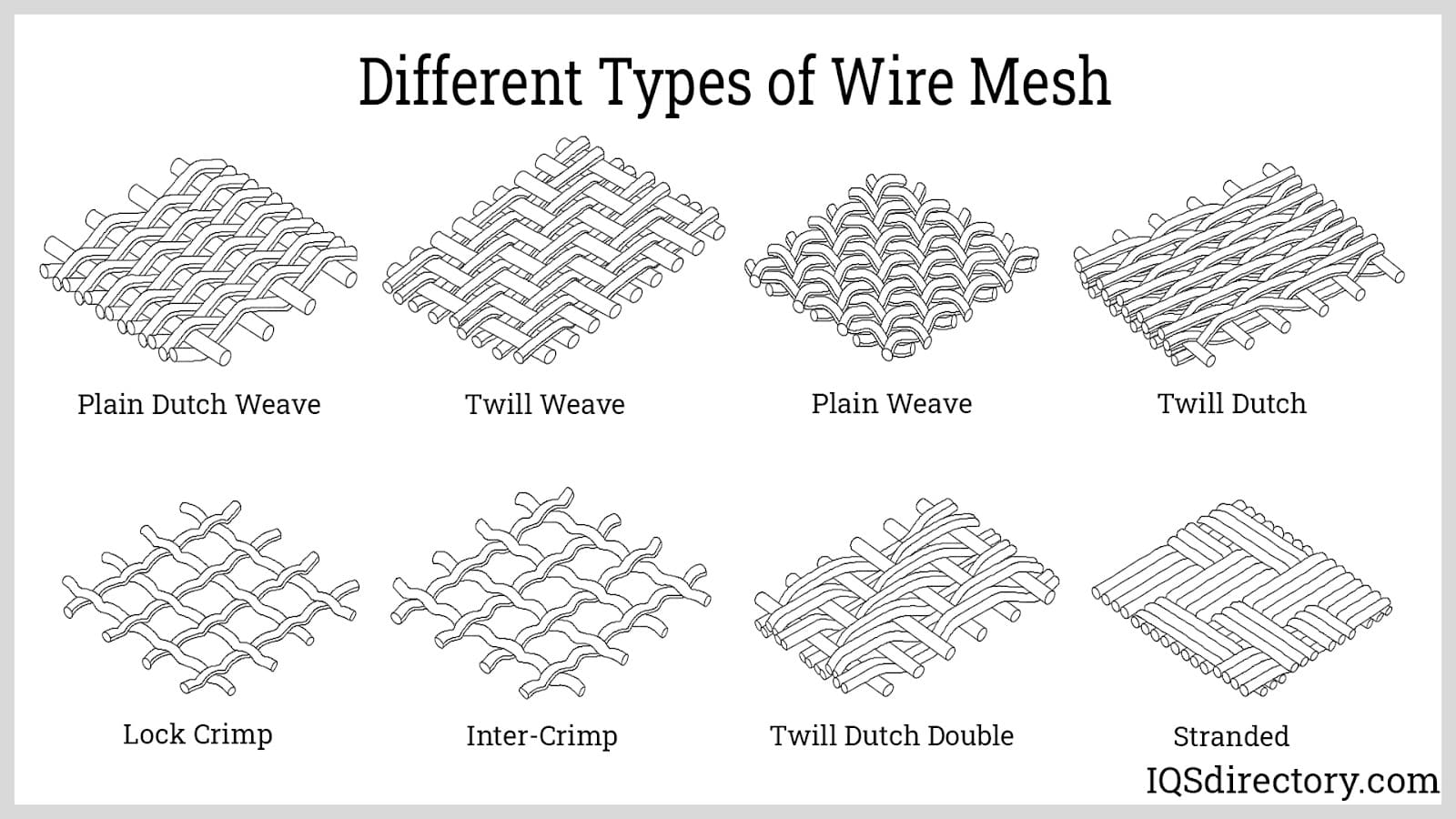
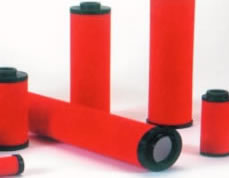 Air Filters
Air Filters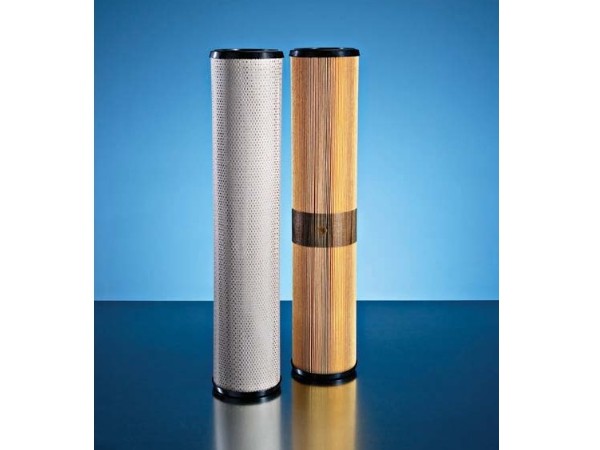 Liquid Filters
Liquid Filters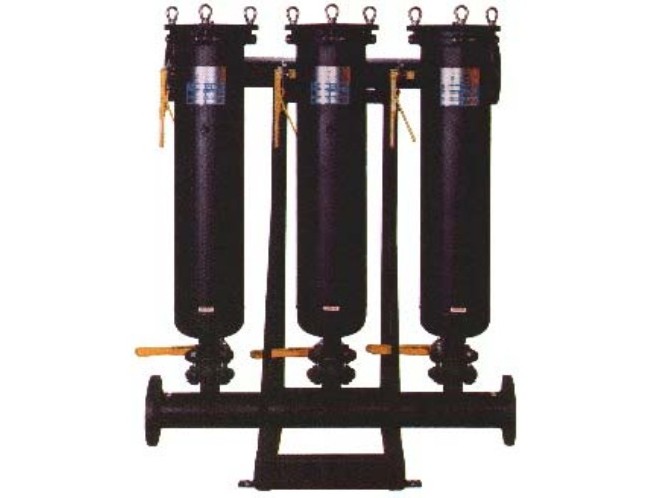 Filtering Systems
Filtering Systems Castings & Forgings
Castings & Forgings Bulk Material Handling
Bulk Material Handling Electrical & Electronic Components
Electrical & Electronic Components Flow Instrumentation
Flow Instrumentation Hardware
Hardware Material Handling Equipment
Material Handling Equipment Metal Cutting Services
Metal Cutting Services Metal Forming Services
Metal Forming Services Metal Suppliers
Metal Suppliers Motion Control Products
Motion Control Products Plant & Facility Equipment
Plant & Facility Equipment Plant & Facility Supplies
Plant & Facility Supplies Plastic Molding Processes
Plastic Molding Processes Pumps & Valves
Pumps & Valves Recycling Equipment
Recycling Equipment Rubber Products & Services
Rubber Products & Services